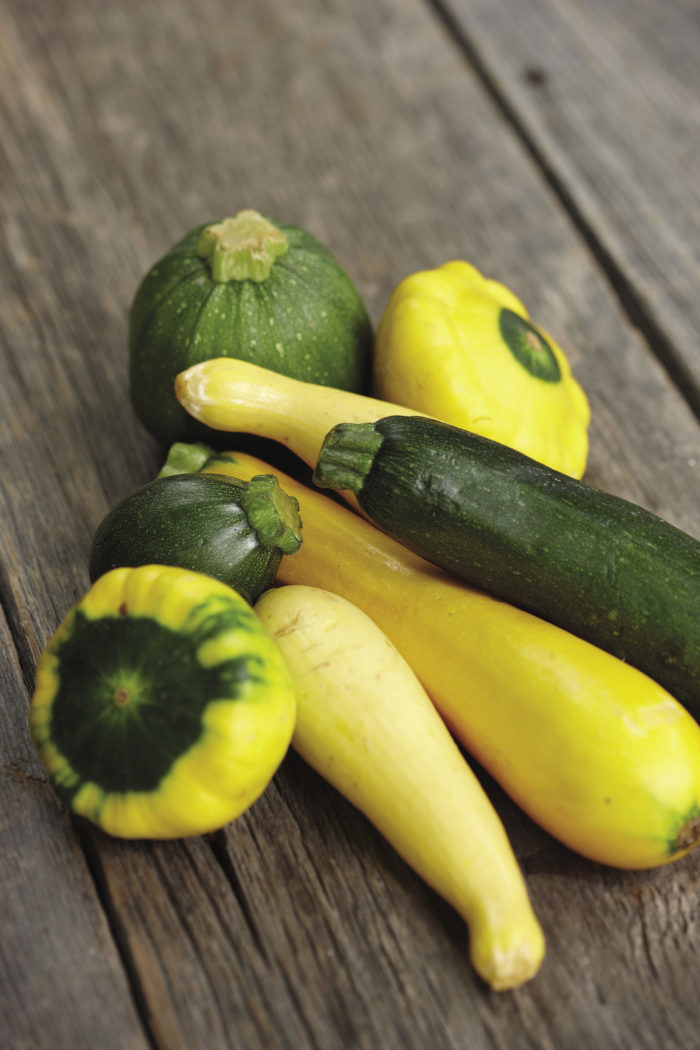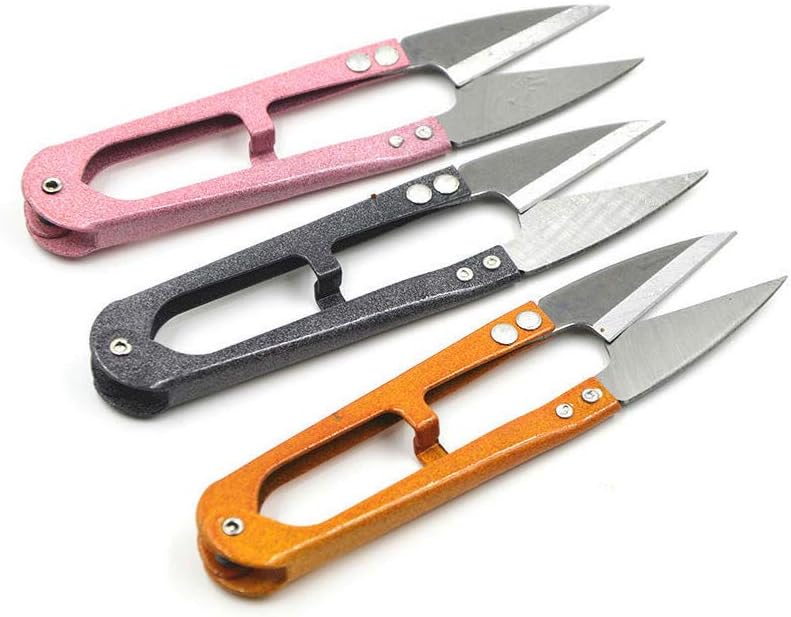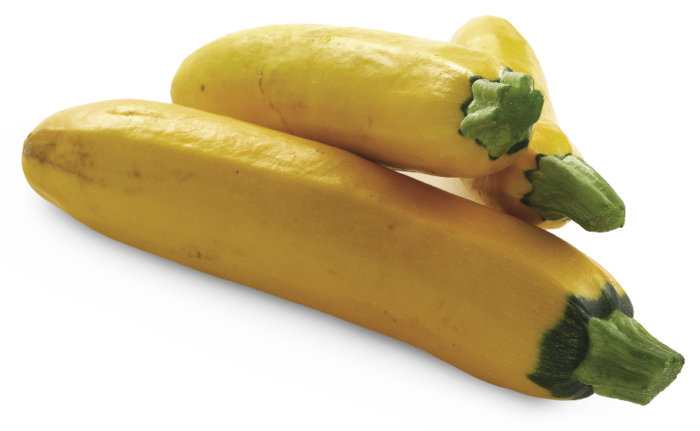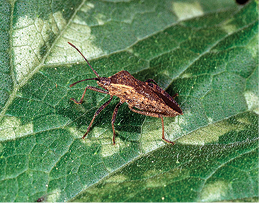Squash Basics: Troubleshooting Common Problems
These solutions will help to make this your best season yet for growing squash

Green zucchini, yellow crooknecks, and pattypans—all summer squash are tasty, early bearing, and easy to grow, especially if you use good organic methods. But even with the best of crops, things can go wrong. Here are some problems to anticipate and ways both to prevent them and to correct them if they occur.
How to Grow Great Squash
The basics for a healthy plant
Grow in your sunniest spot. Squash plants require full sun, at least six hours per day.
Start with great soil. Use fertile, dark, cookie-crumb soil, rich in organic matter. Dig in lots of good compost to help ward off diseases and pests—the healthier the soil, the more resistant plants are to both. Squash also needs trace minerals, so work in a powdered source, like greensand, or top-dress with a liquid seaweed fertilizer.
Plant when the soil has warmed. Squash needs soil that is at least 62°F for direct sowing. Sow several seeds in clusters 2 feet apart, then thin each to the strongest seedling. You can start transplants indoors, but they should be no more than three weeks old when you plant them outside; otherwise, they may be too stretched to develop into healthy plants.
Provide consistent water. Using a drip line or soaker hose will help keep the foliage dry and disease-free.
Keep plants well weeded. This is especially true when the squash plants are young and have not fully leafed out. The plants might not be able to handle competition from weeds at this stage.
Pick fruit every day or two. This will help keep new, young fruit coming along. Allowing squash monsters to grow slows down production of the crop.
Plant in succession. Plant continually from early summer to midsummer so that you’ll always have fresh, vigorous young fruit that is compact and easy to pick.
Remove finished plants. This will help break pest and disease cycles and keep the garden free of sprawling vines, which smother nearby crops.
How to Deal with Common Squash Problems and Pests
Here are some of the most common problems gardeners face when growing squash. Learn how to combat these problems and save your plants (and your harvest).
Why do I have a lot of flowers on my squash plant but not a lot of fruit?
This is perfectly natural with squash plants. Every plant produces male and female flowers, but only females produce fruit. If you peer inside the huge butter yellow trumpets, you’ll see that males have a column of fused anthers, whereas females have a gold-crowned pistil. But the clearest difference is in the stems. Male stems are long and slender; female ones are short, thick, and quick to form a bulb (the beginning of a squash). Sometimes at first, plants will produce only male flowers or only female flowers, but these will even out.
My squash’s leaves are speckled and beginning to blacken. What causes this?
This is probably damage caused by the squash bug , an oval gray-brown insect that sucks juices from the leaves and stems. As with any pest, crop rotation is the first line of defense. Avoid planting squash in a spot where it (or its relatives, such as pumpkin, cucumber, and melon) has grown the previous year or two. You can also discourage the overwintering of squash bugs by keeping the garden plot clean of debris where larvae can hide. Search the underside of young leaves for reddish eggs, and rub them off. Pick off and squish or drown the larvae and the adults—a task that is not too daunting with a modest planting (which is usually all you need with squash).
My squash shrivels up and dies on the vine. What should I do?
This problem likely occurs because of inadequate pollination. In the morning, when the flowers are open, look to see if bees are flying in and out of the flowers; if not, there are likely not enough nectar-bearing flowers around to bring in bee traffic. Plant more! I’m partial to native plants, but for early bloom I recommend planting catmint (Nepeta spp. and cvs., USDA Hardiness Zones 3–10), salvia (Salvia spp. and cvs., Zones 3–8), and lavender (Lavendula spp. and cvs., Zones 4–9)—bee magnets all. Keep all insecticides out of your garden, and inspire your neighbors to do the same. Meanwhile, you can hand-pollinate a squash blossom by stroking the anthers of a male flower with a tiny paintbrush or cotton swab, then stroking the top of a female’s pistil to transfer the pollen.
 |
 |
Why does my squash plant wilt during the day even though it has sufficient water?
 |
 |
The culprit here could be the squash vine borer, a caterpillar that feeds inside a squash plant’s stem, shutting off its water and food supply. To know for sure, look at the base of the stems near the ground for sawdust-like deposits. A last-ditch maneuver is to slit the stem just enough to probe and remove the creature (or creatures). The plant may reroot, carry on with life, and bear fruit if you mound soil over the wounded part of the stem. But if you have recurrent problems with borers, your best bet is to grow extravigorous plants with rich compost; use row covers (until pollination time) to exclude the moths that produce the caterpillars; and have a series of new, young squash plants coming along as replacements. You might also try one of the vining heirloom Italian summer squashes, such as ‘Zuchetta Rampicante’. These have solid stems into which no caterpillar may crawl.
My squash plant has striped bugs all over it. What are they, and what can I do about them?
This pest might be called the striped cucumber beetle, but it likes the whole cucurbit family—squash included—so crop rotation is important here too. The beetle feeds on all parts of the plant but is even more destructive as a carrier of diseases—namely, bacterial wilt and squash mosaic virus. It’s also hard to pick off because it is small and lively. Early in the morning when it’s heavy with dew, it moves slowly, so you can use a shop vacuum to suction it away; the slot attachment is easiest on the plants. Spreading a well-anchored row cover over the plants will also exclude this and other pests, though it must be removed at flower time to allow pollination.
Is there anything I can do about what looks like mold on my plant?
If what you see on the leaves is whitish, it’s powdery mildew, a common affliction for many plants in warm, humid weather. If it’s yellowish, then it’s downy mildew, which favors weather that is cool and moist. If either are frequent problems, look for resistant squash varieties when you buy seeds or transplants; then give the plants plenty of air circulation. Some gardeners swear by a solution of milk and water as a foliar spray; baking soda dissolved in water has its fans too. Remove spent plants promptly.
—Barbara Damrosch has written numerous books, including The Four Season Farm Gardener’s Cookbook, coauthored with her husband, Eliot Coleman. Barbara and Eliot operate Four Season Farm in Harborside, Maine.
Photos: Danielle Sherry; Scott Phillips; Scott Bauer/courtesy of commons.wikimedia.org; Michelle Gervais; Lynn Felici-Gallant; Ann E. Stratton
Fine Gardening Recommended Products

3 Pack 4.1Inch Bonsai Pruning Scissors
Fine Gardening receives a commission for items purchased through links on this site, including Amazon Associates and other affiliate advertising programs.

isYoung Birdlook® Smart Bird Feeder with Camera
Fine Gardening receives a commission for items purchased through links on this site, including Amazon Associates and other affiliate advertising programs.

Corona High Performance Orchard Loppers
Fine Gardening receives a commission for items purchased through links on this site, including Amazon Associates and other affiliate advertising programs.











Comments
Log in or create an account to post a comment.
Sign up Log in